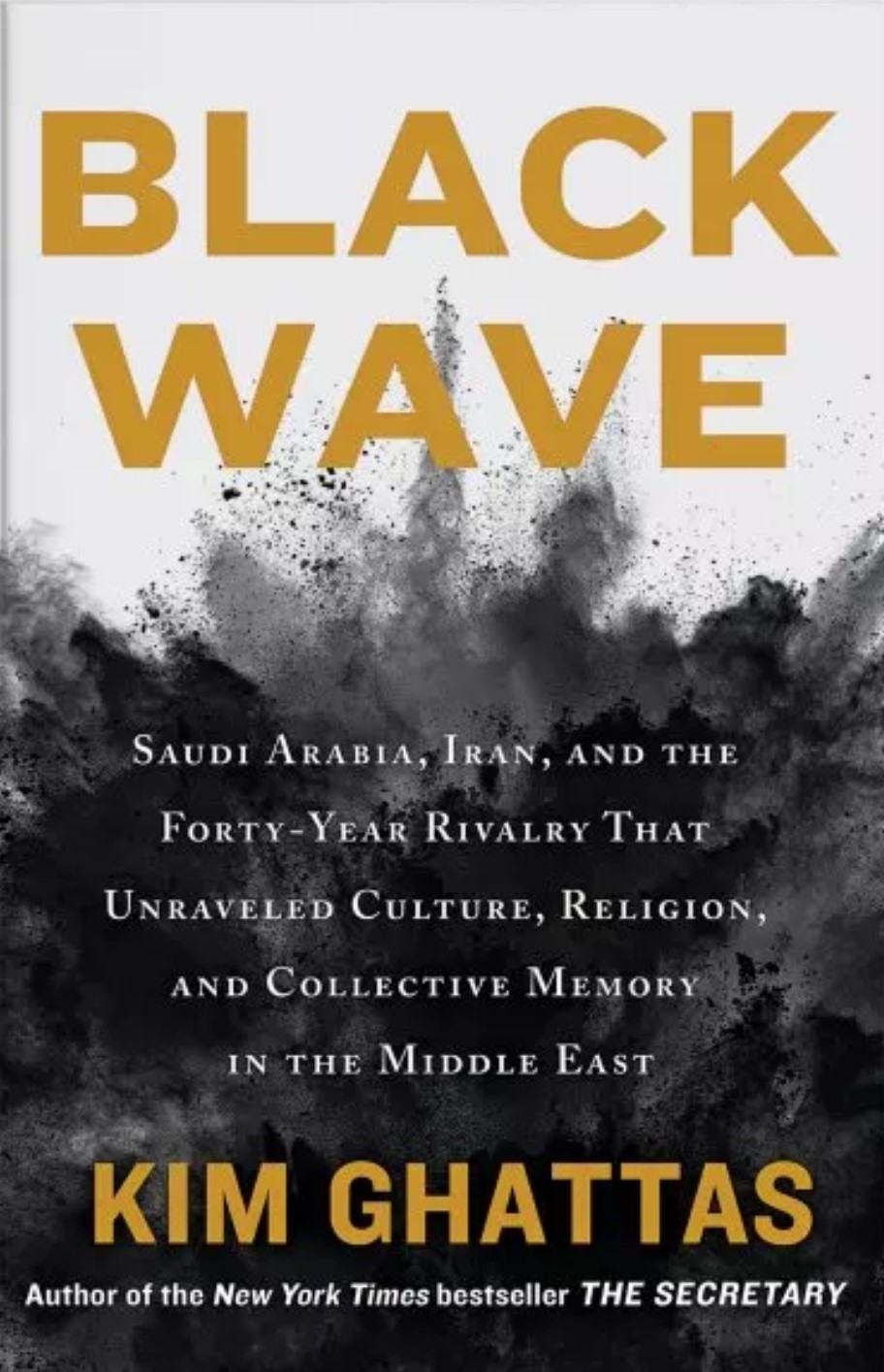
Rahul Pandita is someone you can trust as a journalist. His previous books were on the Maoist insurgency in India (which, essentially, is tribals fighting for their own lands against an usurping State), also called Naxalism.
To call Umar Farooq a “lover boy” is a stretch of imagination: he neither has the looks nor the persona. But appearances belie true colours. This Umar (aka Idrees bhai) was the ‘mastermind’ behind the Pulwama attacks. He already was involved with multiple girls in Kashmir, and hence the monicker “lover boy”.
Pandita’s book is quite detailed in how it deals with history of Kashmir, especially the 80s and 90s, which saw increased cross-border support for terrorism from Pakistan and different groups fighting amongst themsleves in Kashmir for dominance and legitimacy. The book gives a detailed account of how intelligence operatives develop their sources in a troubled region like Kashmir, and what all entails finding clues to solve a case. It’s a cat-and-mouse game.
Pandita also proves another important point, which the blind left-wing bigots have not been able to accept: the link of Afzal Guru with the Parliament attacks.
I would recommend this book for various reasons: the inside sources the author has developed and the information that is presented in the book; the operations of intelligence operatives and how they crack a case; the risks the intelligence community takes to take on these terrorists; the operational details of various counter-attacks and neutralizing operations conducted in Kashmir by Indian forces; the riveting details of the 2019 Pulwama attack and the ‘luck by chance’ that lead to the unearthing the people behind it.
A well written book which focuses on the essentials: the language is not flowery or sophisticated, but who needs these when there is a bearded, fat, ‘lover boy’, eh?


